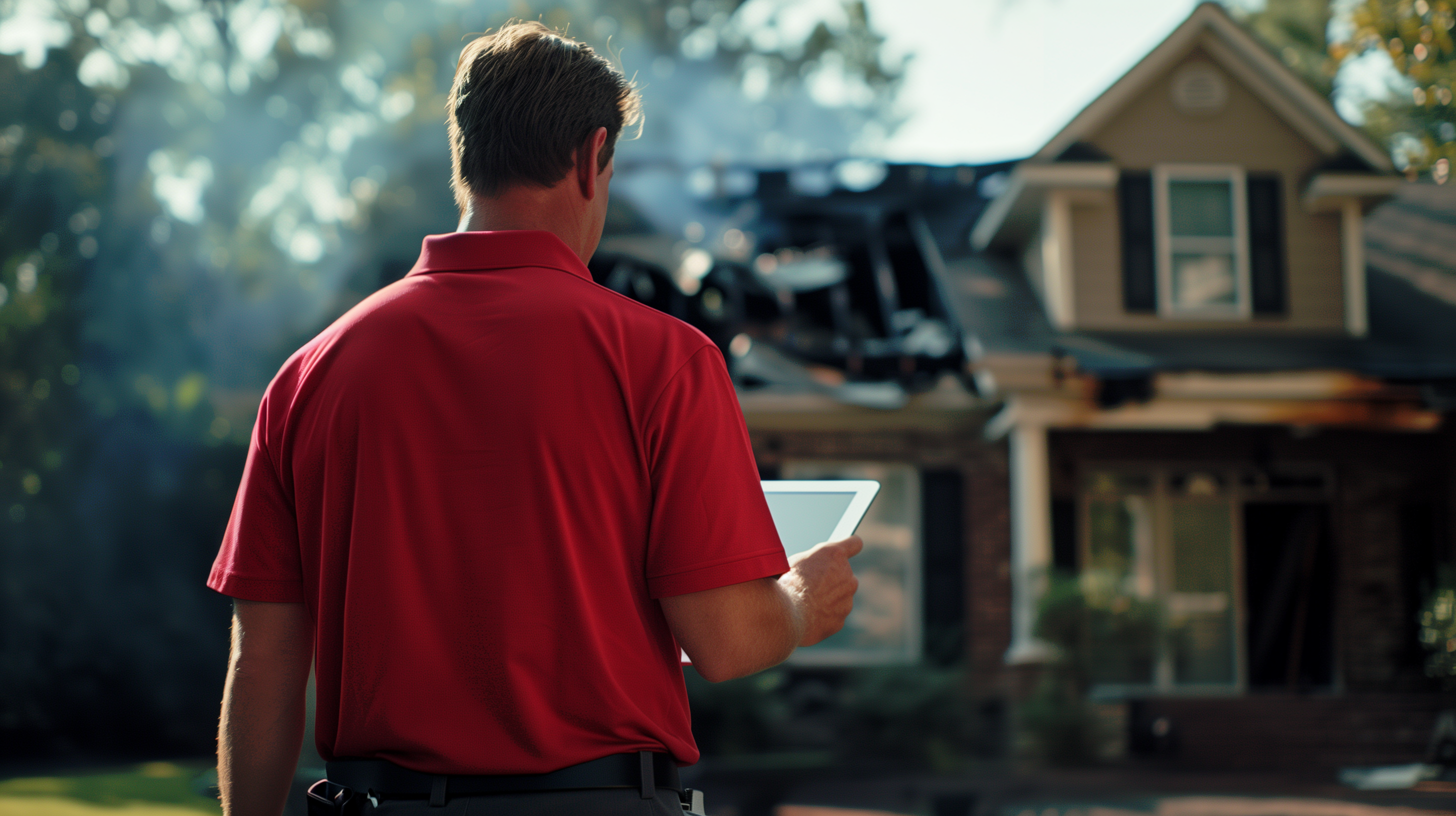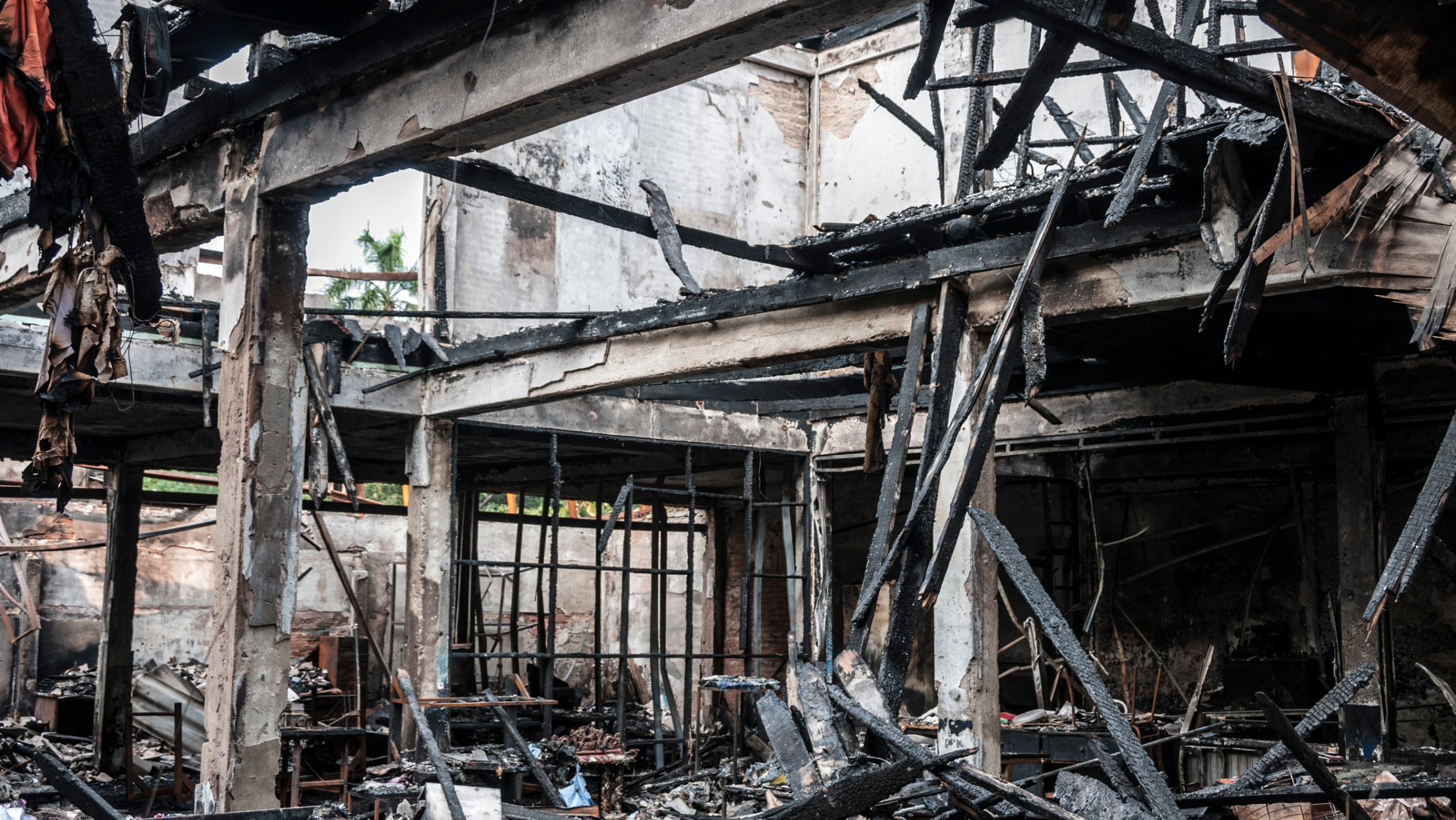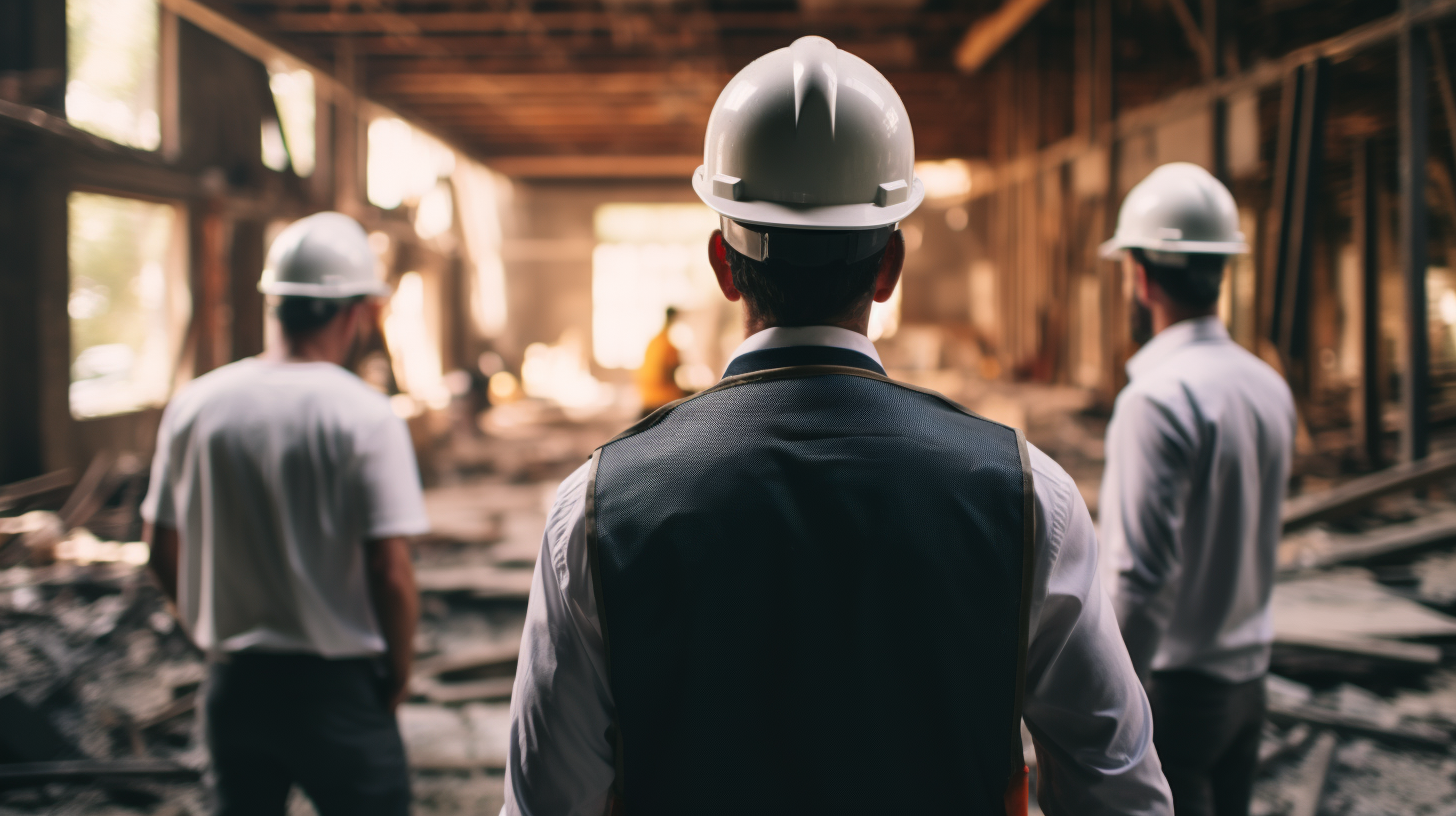10 Best Practices for Managing Multiple Property Restoration Projects

Managing multiple property restoration projects can be challenging, but with the right approach, it is possible to stay organized and efficient. This blog explores key best practices that every restoration contractor should know to succeed. Discover strategies to enhance project management and improve overall productivity.
Large-Scale Commercial Restoration: A Strategic Guide for Contractors

This guide outlines key strategies for managing large-scale commercial restoration projects effectively. Restoration contractors in Canada can confidently address challenges, ensuring high-quality results and client satisfaction. In addition, learn how partnering with EMRG can provide essential tools and support to enhance operational efficiency and establish industry standards.
Optimizing Material and Equipment Management for Property Restoration Projects

Streamlining equipment and material management is crucial for property restoration contractors aiming to deliver prompt, high-quality service. In this blog, we explore various strategies that contractors can implement to tackle the diverse challenges of the industry more efficiently.
Preparing for Catastrophic Events: A Contractor’s Readiness Guide

As catastrophic events become more frequent, contractors must be adept in swift and effective response strategies. This guide provides vital tips for enhancing readiness and ensuring a resilient approach to disaster recovery.
ELEVATING WELL-BEING: STRATEGIES FOR DISASTER RESTORATION LEADERS AND THEIR TEAMS

Discover effective approaches for disaster restoration leaders to bolster their teams’ well-being, paving the way for effective recovery operations. Gain insights into recognizing the stressors unique to the restoration industry and strategies that support sustained performance and job satisfaction.
BUILDING A GREENER FUTURE: THE RISE OF SUSTAINABLE PROPERTY RESTORATION

The Canadian insurance industry is leading the charge towards sustainable property restoration, emphasizing eco-sustainability and carbon neutrality. Insurers are selecting contractors who adopt green practices, setting industry standards for energy efficiency, waste reduction, and the use of eco-friendly materials.
ENHANCING BRAND VALUE AND CREDIBILITY: THE POWER OF CO-BRANDING WITH EMRG

Explore the transformative impact of co-branding with EMRG for restoration contractors. Learn how aligning with a trusted national network amplifies your brand, fortifies credibility, and attracts quality clientele. Unveil the path to elevating your business in Canada’s restoration industry with EMRG’s partnership.
THE ESSENTIAL WINTER SAFETY CHECKLIST FOR RESTORATION CONTRACTORS

Safeguard your team and equipment this winter with our essential winter safety checklist. Discover how to tackle cold-weather risks, maintain seamless operations, and ensure site safety for your crew. Stay ahead of winter’s challenges with these key tips.
HOW RESTORATION CONTRACTORS CAN FORGE STRONG CONNECTIONS WITH INSURANCE ADJUSTERS

Insurance adjusters hold a key role in the referral process, often guiding policyholders towards trusted restoration contractors. This blog explores the strategies restoration professionals can employ to form solid, productive partnerships with insurance adjusters.
BEYOND THE BUILD: ELEVATING THE CLIENT EXPERIENCE IN PROPERTY RESTORATION

Explore the craft of property restoration, where we reveal how professionals can go beyond the fundamentals of repair to truly revitalize disrupted lives. It’s an in-depth guide on infusing empathy into every project, ensuring every client feels heard and cared for during their time of need.
